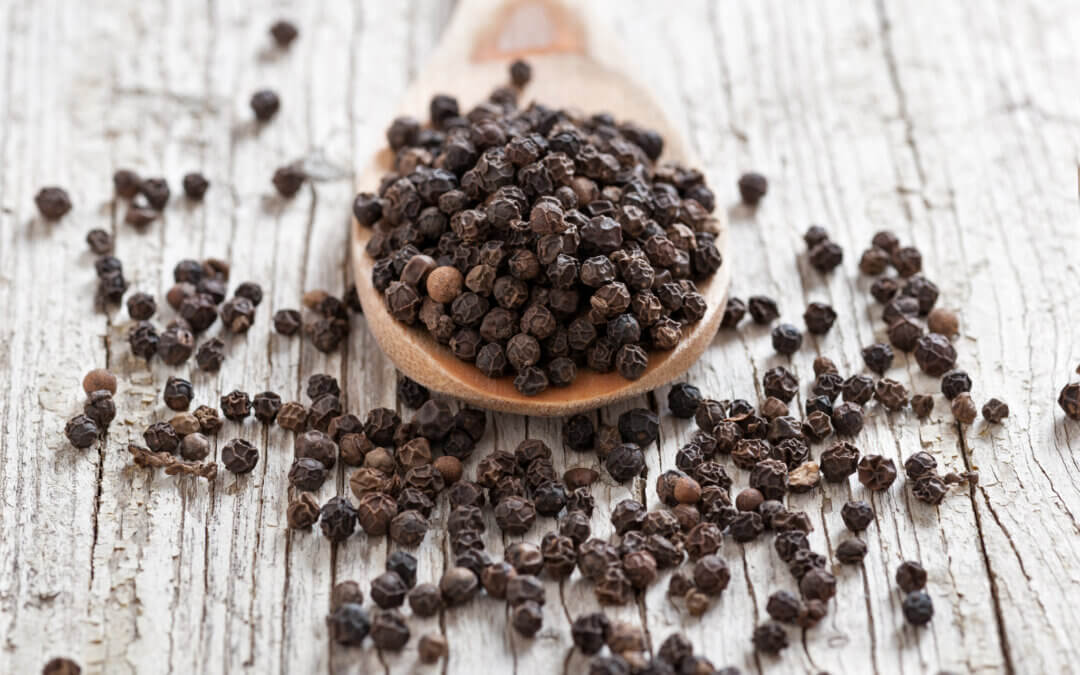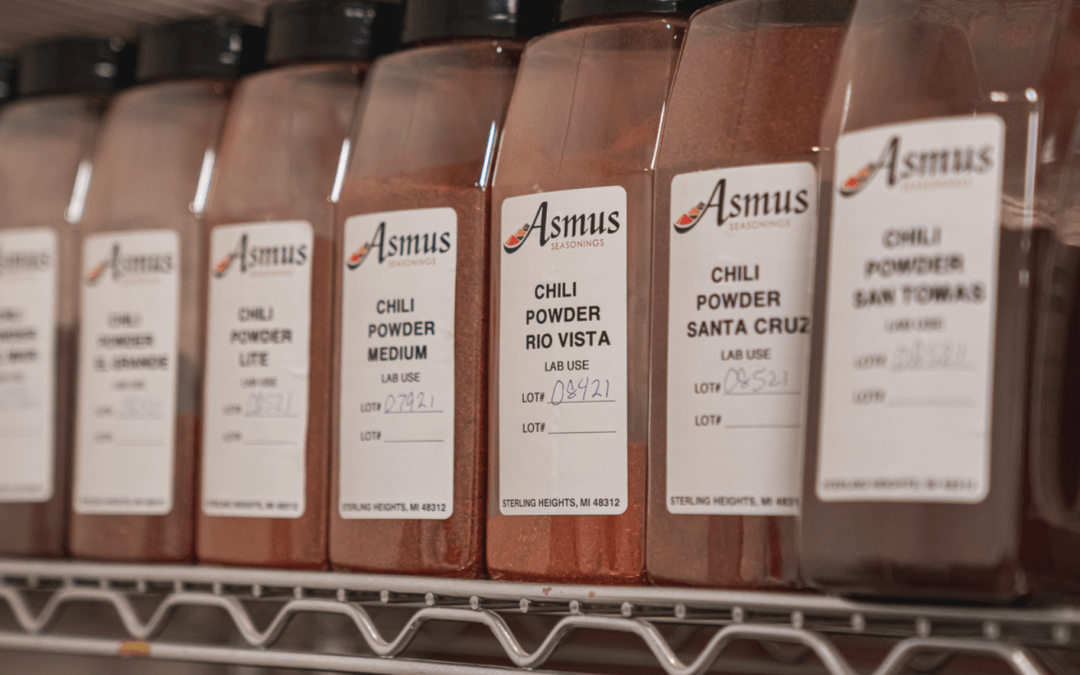Not all of the crayons in the Asmus box are colorful herbs and spices.
One of the most important ones is…white.
Salt.
To say that within the seasoning industry, that salt is…well…worth its salt, would be a huge understatement.
Salt is one of the fundamental human tastes and one of the oldest food seasonings in the history of the human race. Besides its taste as a seasoning, salt is also essential for human existence.
For centuries, salt has been used for healing, preserving (foods), sanitizing, as an exfoliant, as a deodorizer, in medicines and industrial chemicals, and of course, in Asmus’ case, for seasonings.
Known as NaCl to the chemist, sodium chloride is a crystalline mineral also known as halite or rock salt. It’s generally obtained by the evaporation or distillation of any salty water, or by mining for it in the ground. As a matter of fact, two of the better-known salt “mines” are in southeast Michigan. The first, located directly beneath the city of Detroit, is a salt mine whose vein of salt runs hundreds of miles eastward toward the state of New York.
In truth, the salt in the Detroit mine was never considered pure enough to be mined for food, but was rather mined for industrial uses. Having actually been down there, I’d have to say that I totally agree.
The other salt, Diamond Crystal Salt, now owned by the Cargill Corporation, is located in St. Clair, Michigan, on the banks of the St. Clair River. Salt there is not obtained by mining in the traditional way but through pumping water deep underground into the salt vein, letting it dissolve, then pumping it back out and evaporating off the water.

The Diamond Crystal Mine in St. Clair. Michigan
The Cargill Corporation is one of the world leaders in salt manufacturing and distribution and is the primary source for most of the salt varieties that Asmus uses in its many applications.
We take, and make lots of things, with more than a grain of salt.
Many of the seasoning blends made by Asmus for our customers specify a percentage salt in their recipes and, depending on their final use and application, we have a wide range of salts to choose from.
From the finest salt “flour”, to fine, coarse, flaked or rock, to sea salt, smoked salt, and exotic salts with colors from red to pink Himalayan, brown or black, every salt has its purpose, and Asmus chooses each one carefully to ensure the perfect match for each project.
Did you know?
So why is salt’s (sodium chloride’s), chemical abbreviation NaCl, instead of SoCl, which would seem to make a whole lot more sense?
History has your answer.
The Natron Valley in Egypt was one of the world’s first-known regions where natron (sodium) was mined by the ancient Egyptians. They used it for burial rites as a preservative — kind of what’s now called soda ash.
The chemical abbreviation for Sodium Na comes from the abbreviation of Natron, the Na part of (NaCl).
Which “wich”?
How important was salt to the English? The suffix “wich” (derived from the Saxon “wic”) began as a way of attaching significant name recognition to fortified villages or towns producing valued goods. According to Wikipedia sources, the English towns of Droitwich, Middlewich, Nantwich, Northwich, and Leftwich are towns or cities that owe their names to the mining or distribution of salt in earlier times.
“Salty” tales are fun, but business is serious stuff.
Missing that “certain something” in your seasonings? Give Asmus the opportunity to work with you to develop products best suited to your needs and your bottom line.
From colorful herbs and spices to the precious “white” one, salt, our team looks forward to creating taste-driven results for your business.




